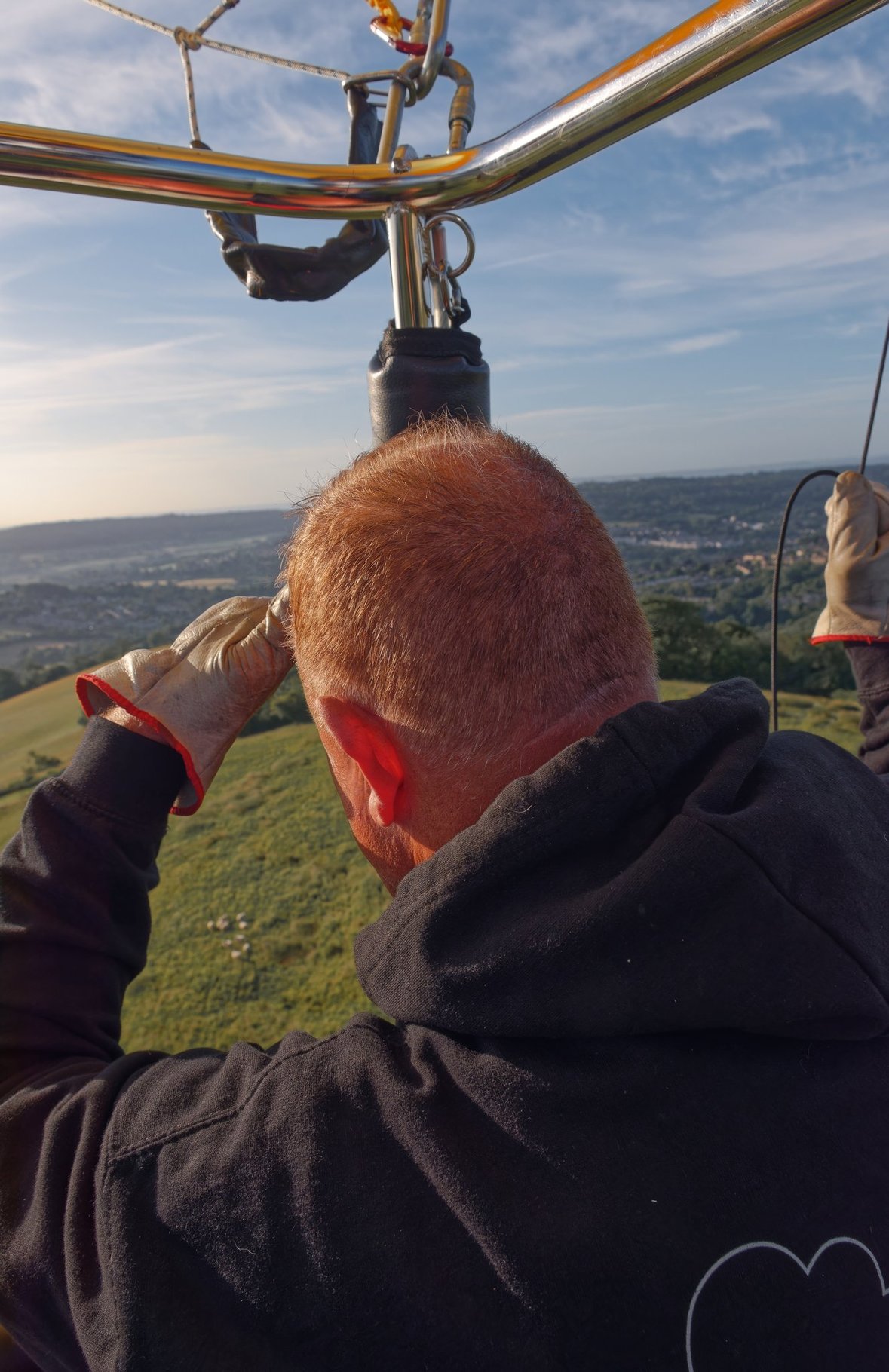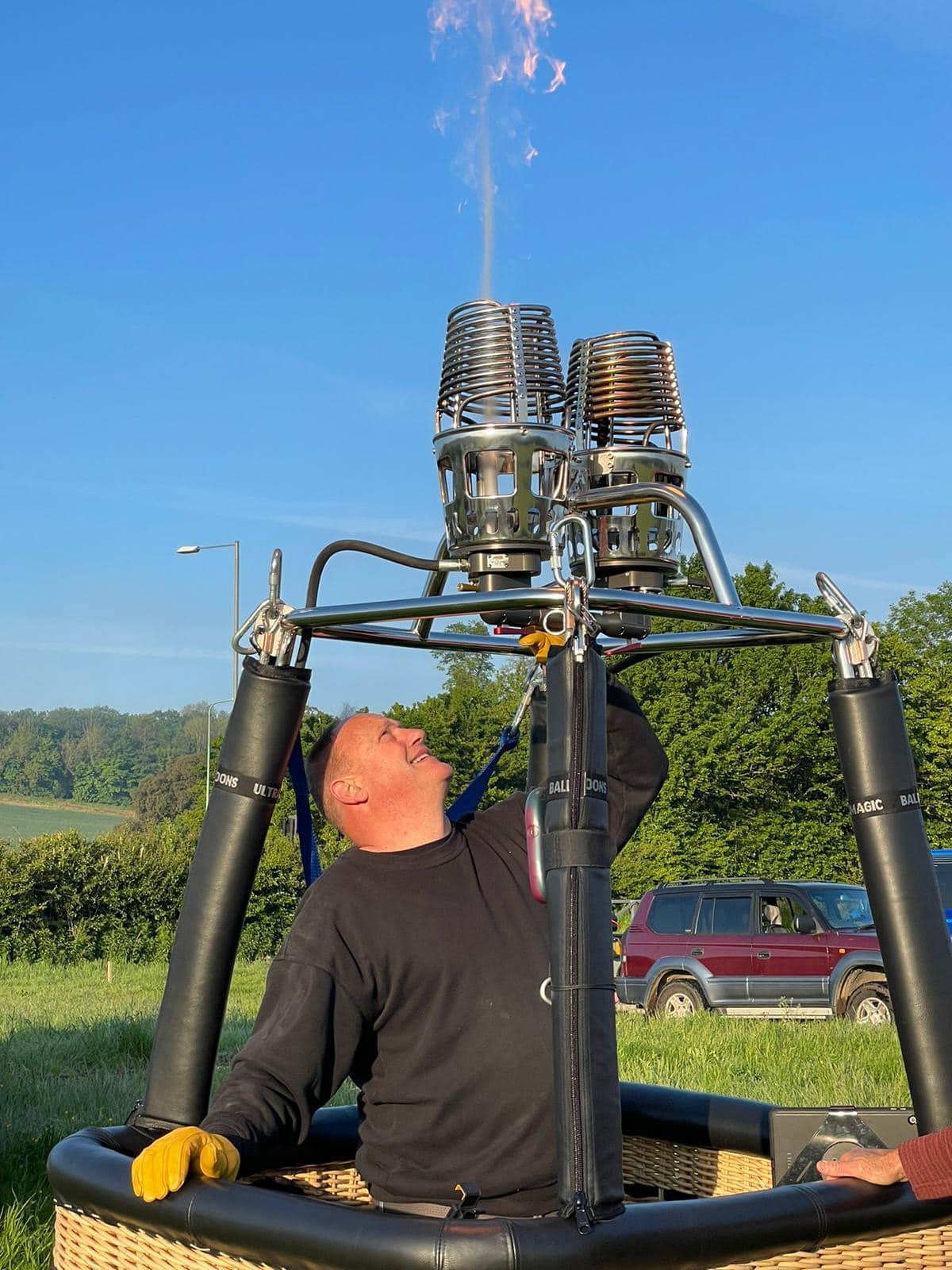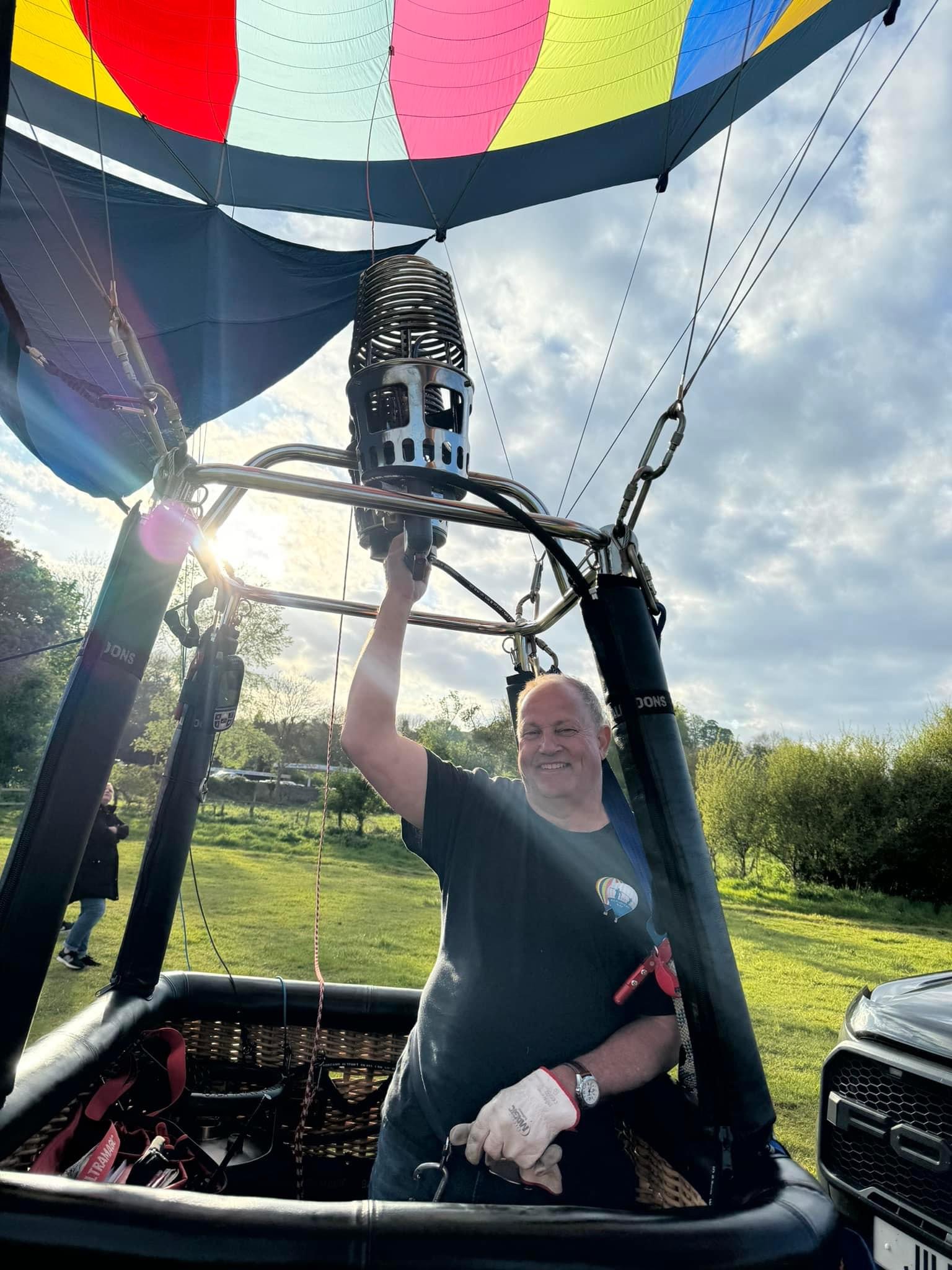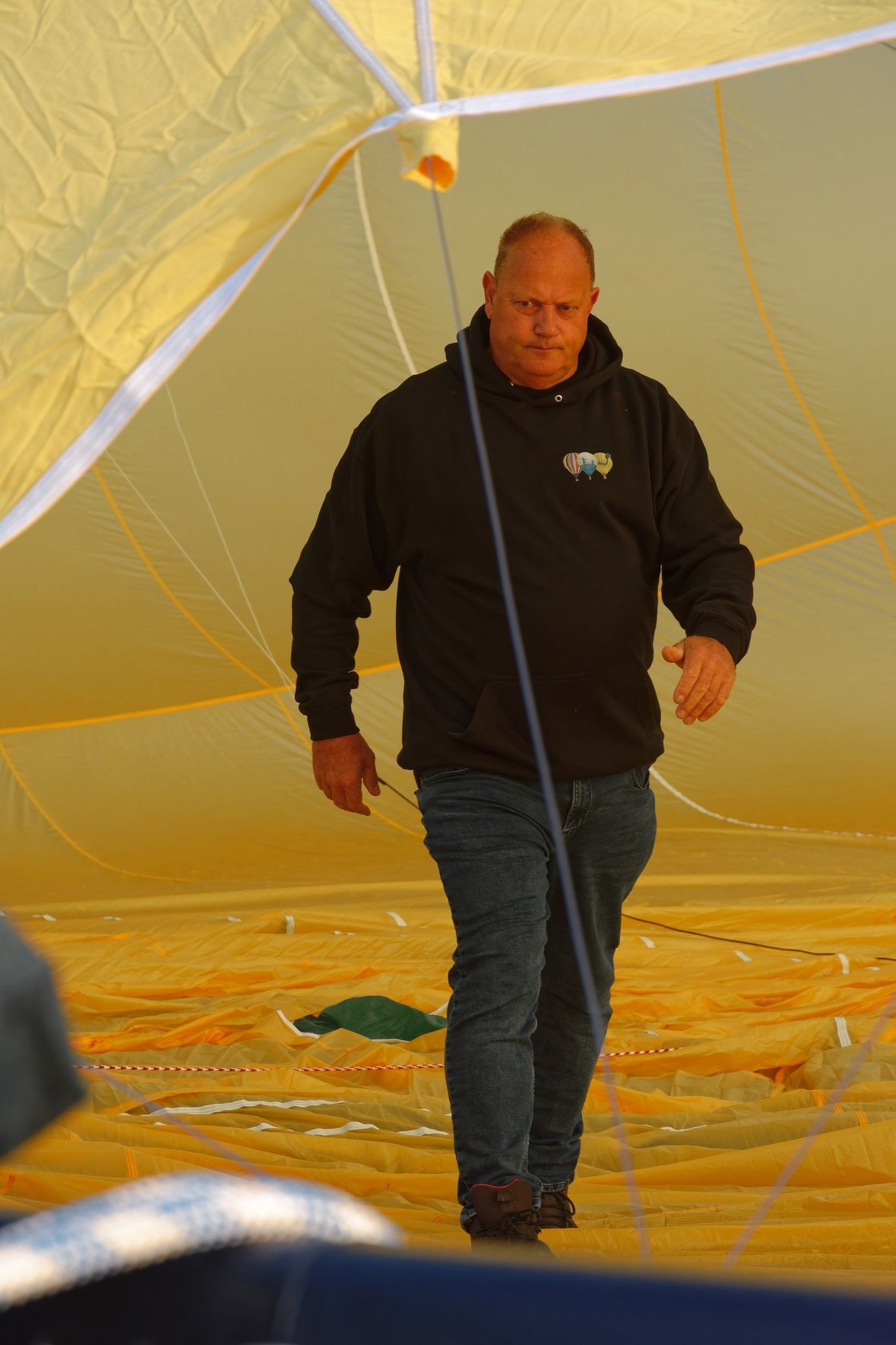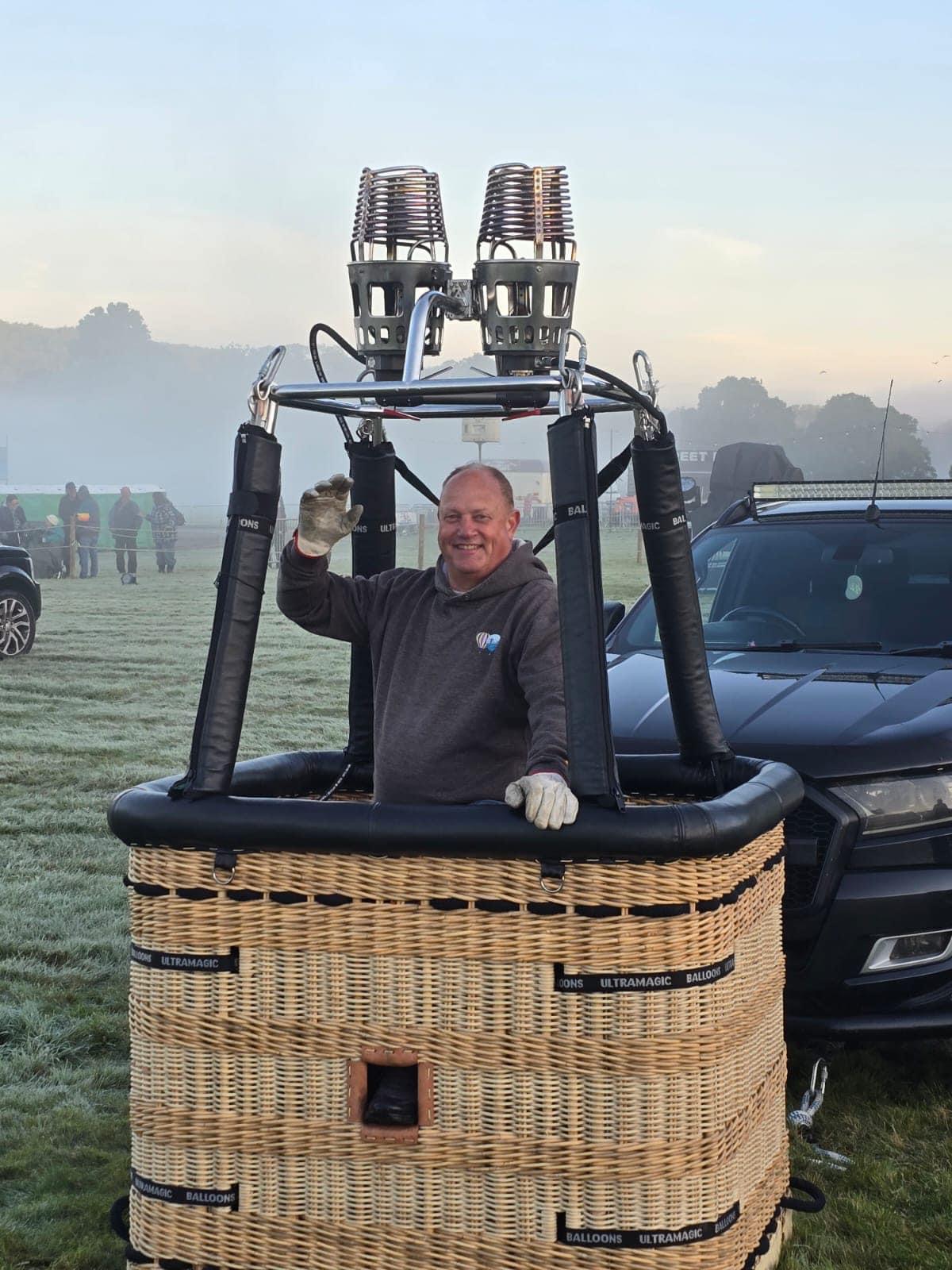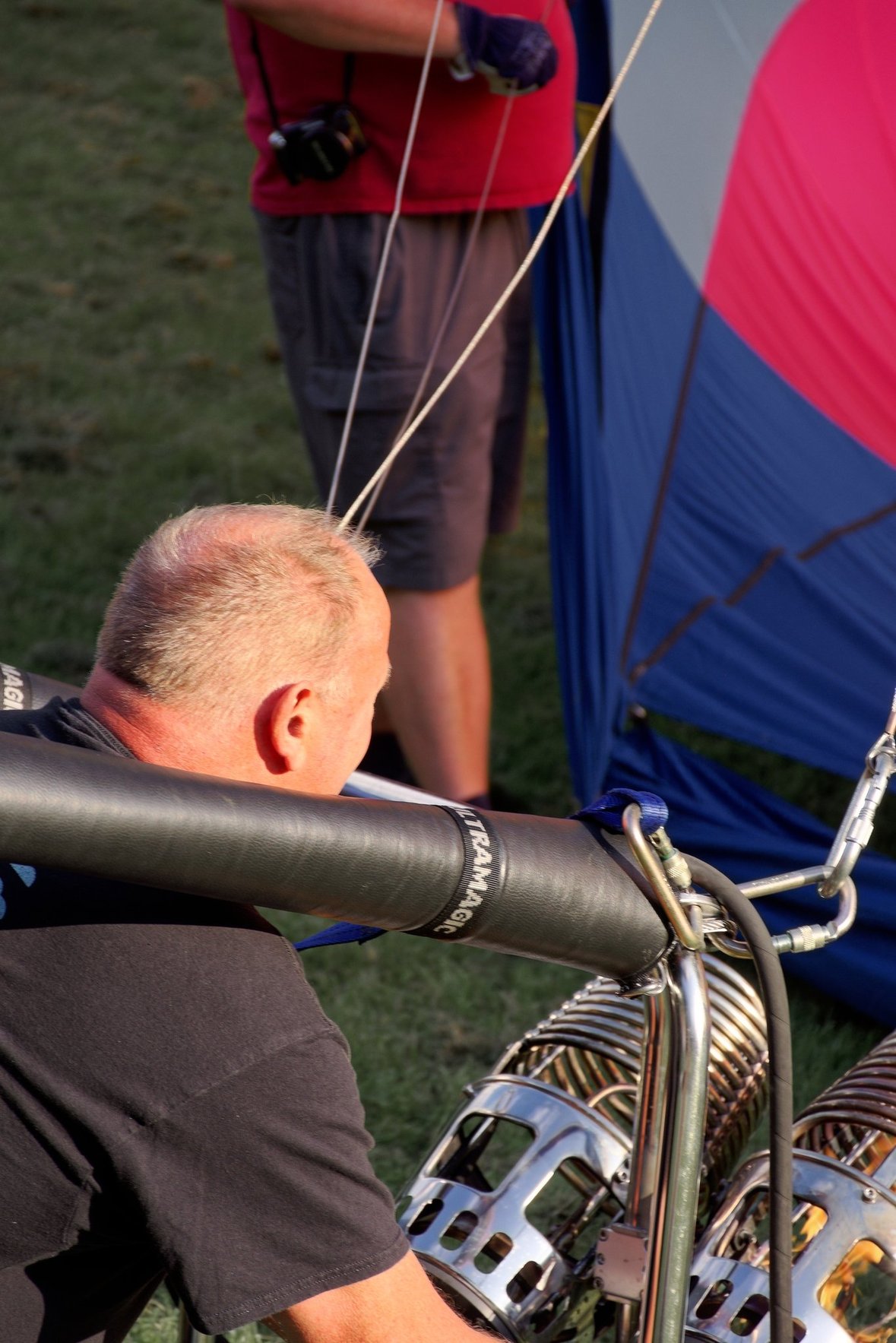Pilot
The Pilot holds the central and most critical role in the operation of the balloon, overseeing all aspects of the flight and crew.
The Pilot is responsible for flying the balloon, managing its altitude, and navigating its path. They oversee all safety procedures and make final decisions during the flight.
Becoming an experienced hot air balloon Pilot takes time and requires a lot of training and dedication. It requires a set number of flight hours, passing exams and practical assessments.
In this section we will look at the role and responsibility of the Pilot.
Roles & Responsibilities
1. Pre-Flight Responsibilities
1.1 Weather and Flight Conditions Assessment:
- Review weather forecasts, wind speeds, and visibility to ensure conditions are safe for flight.
- Determine if the flight should proceed, be delayed, or canceled based on current and predicted conditions.
1.2 Balloon and Equipment Inspection:
- Perform a thorough pre-flight inspection of the balloon envelope, basket, burners, fuel tanks, and rigging.
- Ensure all equipment, including radios and safety gear, is functioning properly.
1.3 Flight Planning:
- Plan the flight path based on wind direction and available landing sites.
- Coordinate with ground crew to prepare for launch and retrieval.
1.4 Passenger Briefing:
- Brief passengers on safety procedures, including how to enter and exit the basket, what to expect during the flight, and landing protocols.
- Explain basic rules such as staying inside the basket and following the pilot’s instructions during the flight.
2. Inflation and Launch
2.1 Supervise Balloon Inflation:
- Direct the crew during the inflation process, including proper use of the fan for cold inflation and the burner for hot inflation.
- Monitor the inflation to ensure that the envelope fills correctly and safely.
2.2 Pre-Launch Safety Checks:
- Double-check all systems before takeoff, including fuel levels, burner operation, and communication with the ground crew.
- Ensure the passengers are safely secured in the basket.
2.3 Takeoff:
- Safely control the ascent, using the burners to achieve lift-off.
- Communicate with the crew on the ground for assistance during launch.
3. In-Flight Responsibilities
3.1 Altitude Control:
- Use the burners to control the balloon’s altitude, monitoring wind layers to maintain or adjust the flight path.
- Ensure the balloon stays clear of obstacles, such as power lines, trees, and buildings.
3.2 Navigation:
- Navigate the balloon by adjusting altitude to catch different wind currents, steering the balloon in the desired direction.
- Constantly evaluate the balloon’s position in relation to safe landing zones.
- Monitor fuel consumption and air temperature to ensure the balloon operates efficiently.
3.3 Passenger Interaction and Safety:
- Engage with passengers, pointing out landmarks or answering questions while ensuring their safety throughout the flight.
- Keep passengers calm and informed, especially in the event of unexpected situations, such as turbulence.
4. Landing and Post-Flight
4.1 Landing Site Selection:
- Identify and select a safe landing site, factoring in wind direction, available space, and accessibility for the ground crew.
- Communicate the planned landing site with the chase vehicle team.
4.2 Controlled Descent and Landing:
- Control the descent by venting hot air or using the burners to adjust the rate of descent.
- Instruct passengers on how to brace for landing and ensure they are holding onto designated handles.
4.3 Post-Landing Procedures:
- Safely bring the balloon to a stop, coordinating with the ground crew to secure the basket and deflate the balloon.
- Help passengers safely exit the basket.
4.4 Post-Flight Inspection:
- Perform a post-flight inspection of the balloon and equipment to check for any damage or wear.
- Ensure the balloon is properly packed and stored.
5. Communication and Coordination
5.1 Radio Communication:
- Maintain communication with the ground crew throughout the flight, providing updates on altitude, direction, and landing site.
- If required, communicate with air traffic control or local authorities, especially when flying near airports or restricted airspaces.
5.2 Emergency Procedures:
- Be prepared to manage any in-flight emergencies, such as equipment malfunctions, sudden weather changes, or fuel issues.
- Follow safety protocols for emergency landings, ensuring passengers remain safe and calm.
6. Compliance and Licensing
6.1 Adherence to Regulations:
- Ensure compliance with aviation regulations, including any restrictions on flight paths, altitude limits, or restricted zones.
- Follow safety guidelines set by aviation authorities and industry standards.
6.2 Maintain Licenses and Certifications:
- Keep up-to-date with necessary certifications, medical exams, and ongoing flight training.
- Attend required safety briefings and renew certifications as needed.
Other Crew Roles
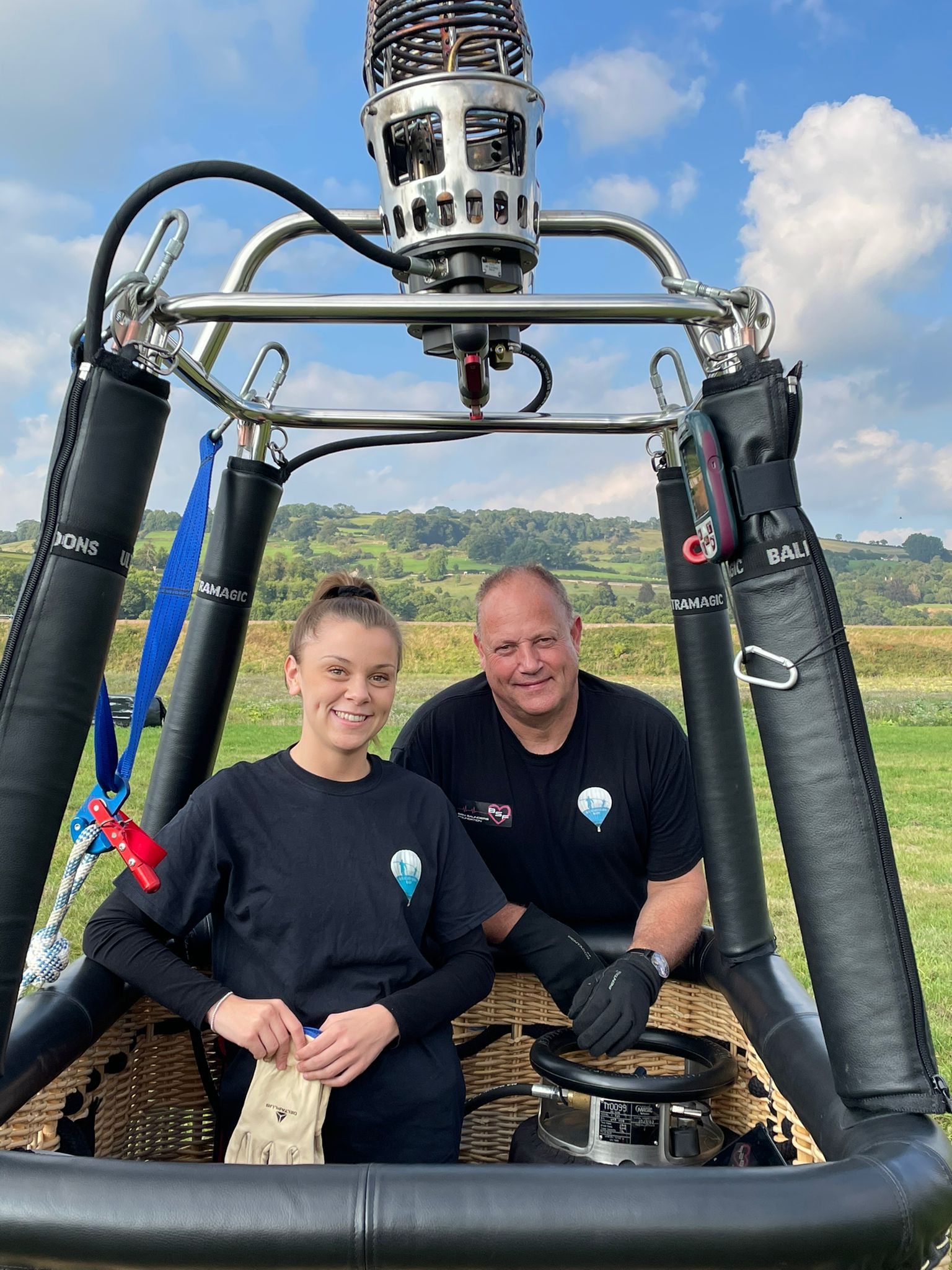
Crew Chief
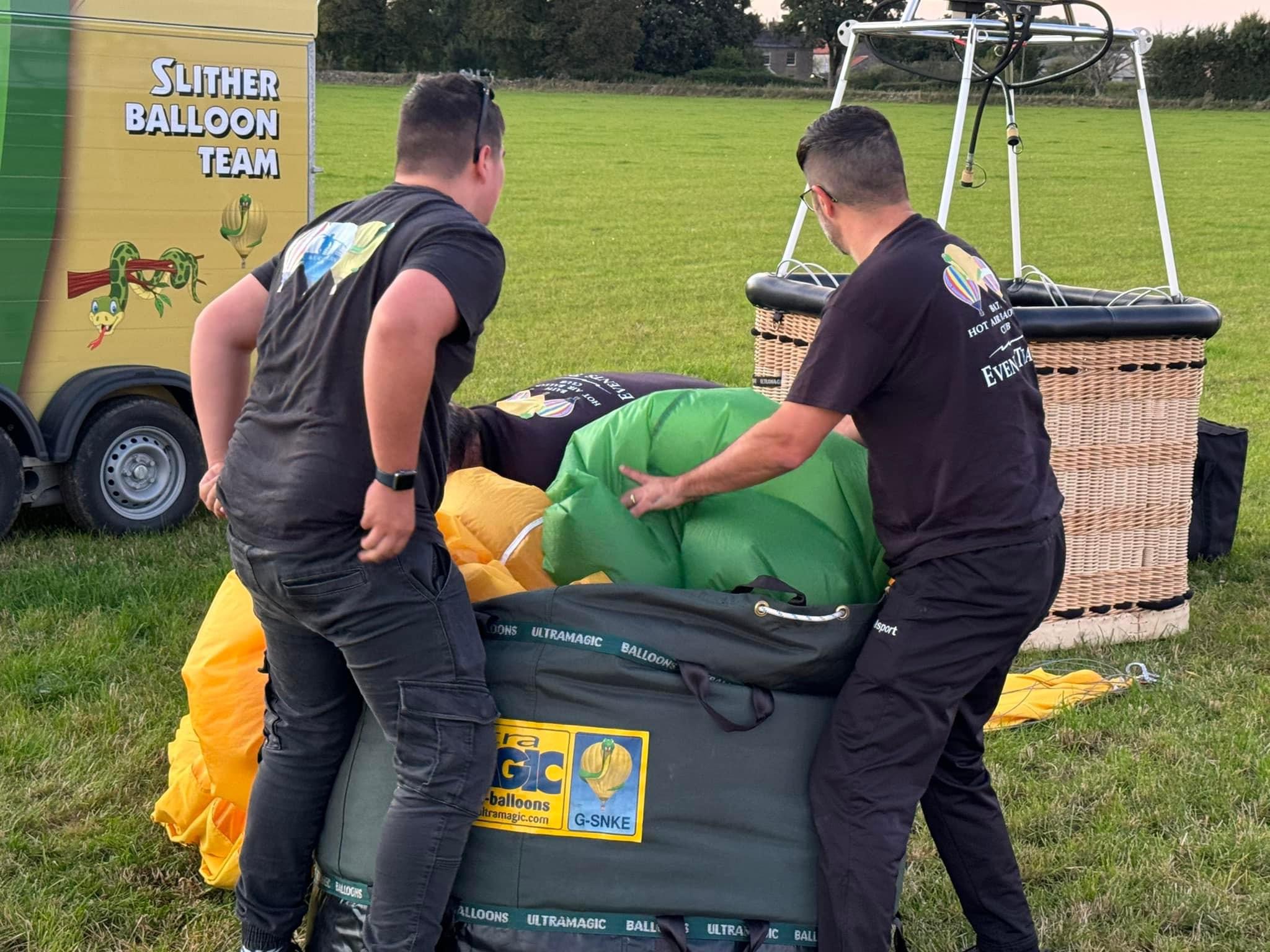
Ground Crew
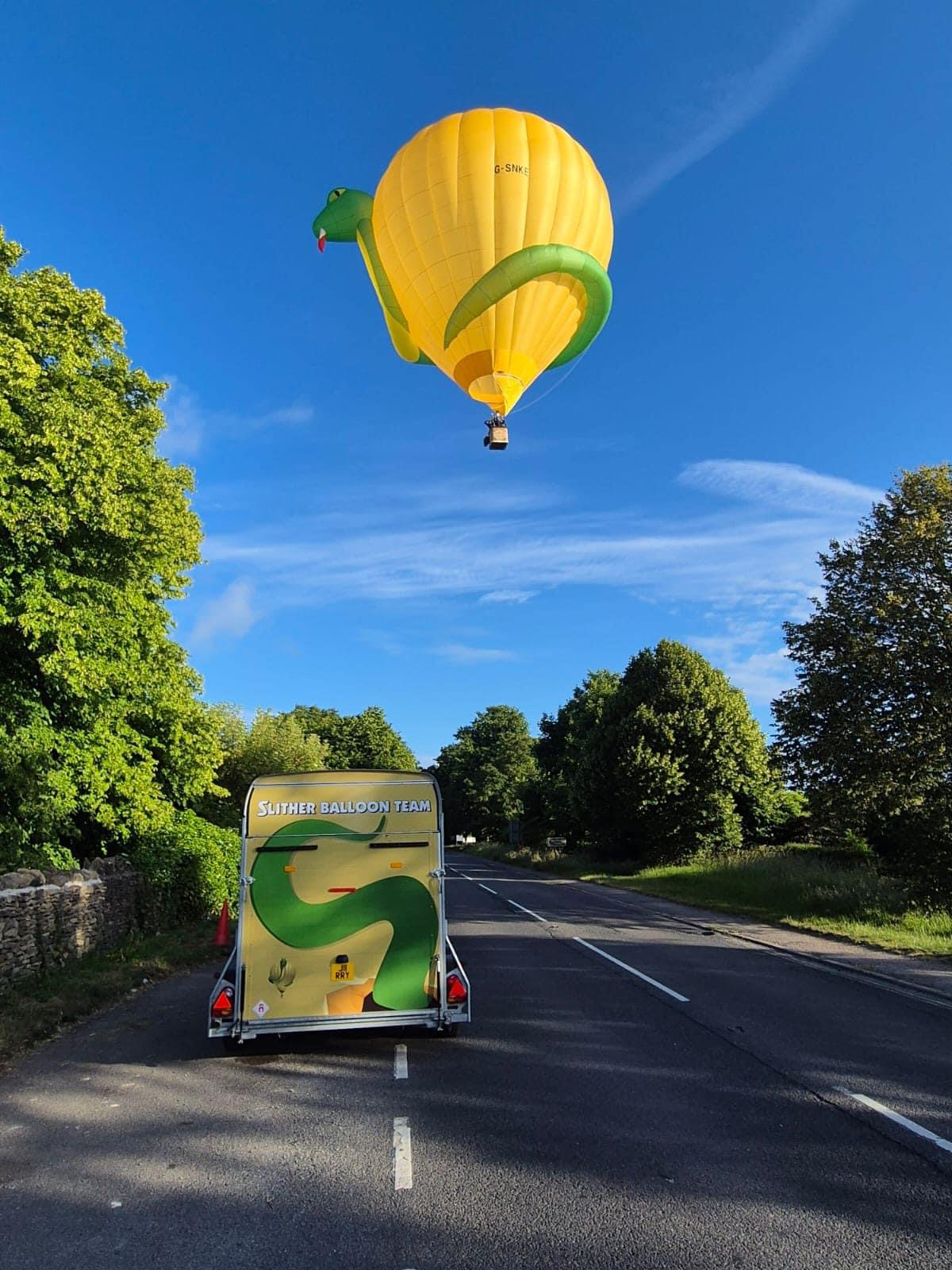
Retrieve Driver
Pictured here is Bath Hot Air Balloon Clubs experienced Pilot Jerry Davis. Also the founder of Bath Hot Air Balloon Club and owner of Snake Meadows.

